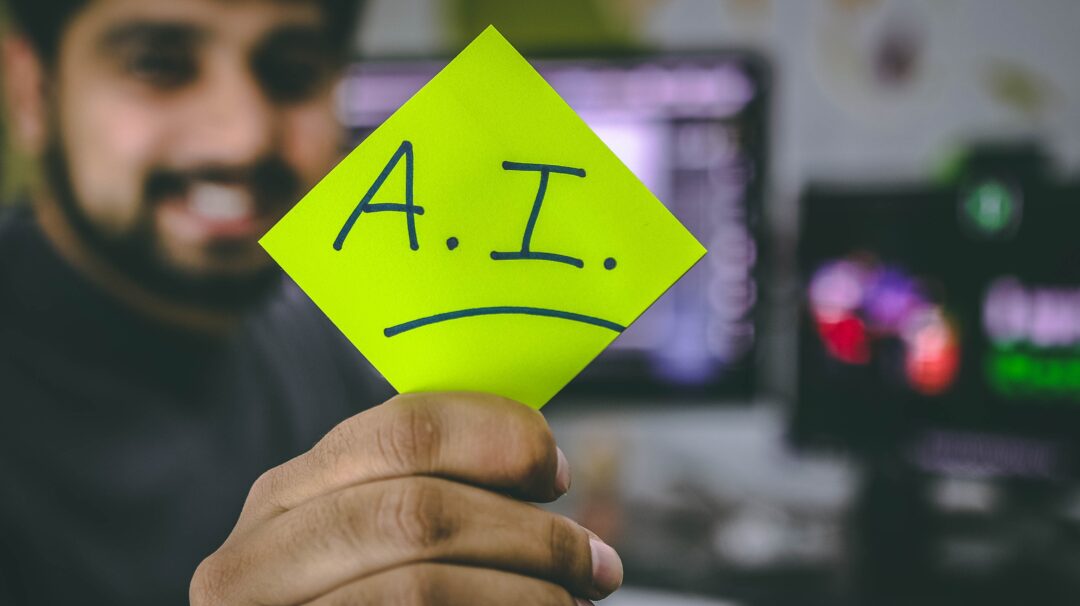Who wants to be the biggest loser?
For a while, Elon Musk had that title in the bag, with his net worth slipping as much as $5B a day during the Twitter fiasco.
However, Silicon Valley Bank (SVB) decided to give him a run for his money (despite losing billions Elon is still sitting pretty) just this past week.
The bank, known for providing a premium banking experience to a relatively small group of venture capitalists and tech startups, was founded in Santa Clara in 1983 and has since grown to become one of the most prominent financial institutions in the United States.
Despite its prominence, the entire bank fell in just two short days, leaving influential investors pleading to the United States government to intervene, a move that many within this particular group would have abhorred in any other situation.
But first, let’s break down the timeline:
2020 to 2022 – Big Money Boom
SVB experiences massive ROIs from investing in tech startups that soared during the pandemic tech boom, tripling its deposit base. SVB then invests a sizable portion of this into long-term Treasury bonds and mortgage bonds known for producing small but reliable returns when interest rates are low.
Mar 8, 2023 – Hasty Sale for Quick Cash
SVB discloses a loss of $1.8 billion on the sale of securities, including Treasury and mortgage bonds. These assets lost significant value over the past year due to a series of aggressive interest rate hikes by the Federal Reserve. To bolster its balance sheet, the bank announces plans to raise more than $2 billion.
Mar 9, 2023 – Stock Drops
Upon this announcement, SVB falls 60% with a hike in investor concern and the onset of cash withdrawals.
Mar 10, 2023 – Bank Run
A run on SVB begins with investors rapidly withdrawing funds so much so that the bank cannot generate enough cash to meet demand. In total, $42B was withdrawn from SVB in one day. The Federal Deposit Insurance Corporation (FDIC) steps in and takes over SVB in an effort to protect depositors. Depositors are insured for up $250,000 of their accounts, however, many of these accounts far exceeded that amount. Roku, for example, had roughly $500M just sitting in an account at SVB. Under FDIC law, regardless of the value, depositors were only insured for $250,000.
Mar 11, 2023 – Big Cry For Help
Prominent investors and tech executives with massive social influence took to their platforms to urge the government to rescue the bank (and the billions of uninsured $$ that these individuals and groups no longer had access to). These cries for help shared a threatening message – that if the government failed to intervene, a financial crisis was imminent. The government scrambles to control the situation to avoid these influencers from sparking widespread panic.
Mar 12, 2023 – All Your Funds Are Protected
Pressure created by snowballing concern about the health of the American economy and fears that this situation will become a repeat of the 2008 financial crisis results in the FDIC, the Treasury Department, and the FED intervening, informing depositors at SVB that all their funds will be protected.
Mar 13, 2023 – Word From the White House
President Biden speaks to the incident, sharing “Americans can rest assured that our banking system is safe. Your deposits are safe. Let me also assure you, we will not stop at this. We’ll do whatever is needed.” Despite this message, many “small” bank stocks plummeted.
Mar 14, 2023 – As It Were…
Many bank stocks bounce back, the issue seems to resolve across the U.S., and depositors stop fueling fear on social media.
There were many fascinating components of this short but impactful situation.
Firstly, after the 2008 financial crisis, the American government put in place regulations designed to prevent banks from having a stronghold on the economy. These regulations disrupted SVBs operations, so the CEO and bankers who comprised SVB got together to lobby the government to reduce the amount of regulations they were subject to as they deemed themselves a “small bank”. They were small by client count only, in terms of deposits, SVB had well over the $50B required for a bank to be subject to regulations as governed by post 08’ US law. Their lobbying was successful, and they were able to operate without the same regulations that “big banks” were subjected to.
Secondly, they had a record number of clients with bank accounts far exceeding the insured value of $250,000, yet the bank and the depositors operated with an “everything will be fine” mentality, despite having billions in uninsured dollars.
Thirdy, when everything started to go up in flames, the prominent depositors who were clients of the bank were trigger happy in using their influence to call for government intervention with little concern of the ripple effect their actions could have on the economy as a whole. Essentially, their message to the government was “Get us our money back or we’ll cause chaos” despite having long opposed government intervention in their banking and business practices.
Today, the United States (and countries within its sphere of influence) can rest easy knowing that this potentially catastrophic situation was contained. However, what should not be forgotten is the negligence that led to a near-repeat of the 08’ financial crisis and the influential individuals who were happy to throw the economy into chaos to resolve an issue they knowingly exposed themselves to. If anything, this is a first-class example of how powerful social media is (did I mention I run a social media agency?)
What are your thoughts on the SVB situation? Do you think it’s fair that depositors fully knew their multi-million dollar accounts were uninsured, yet continued to invest despite this risk, and then cried for government intervention when they succumbed to the consequences of their own choices?

